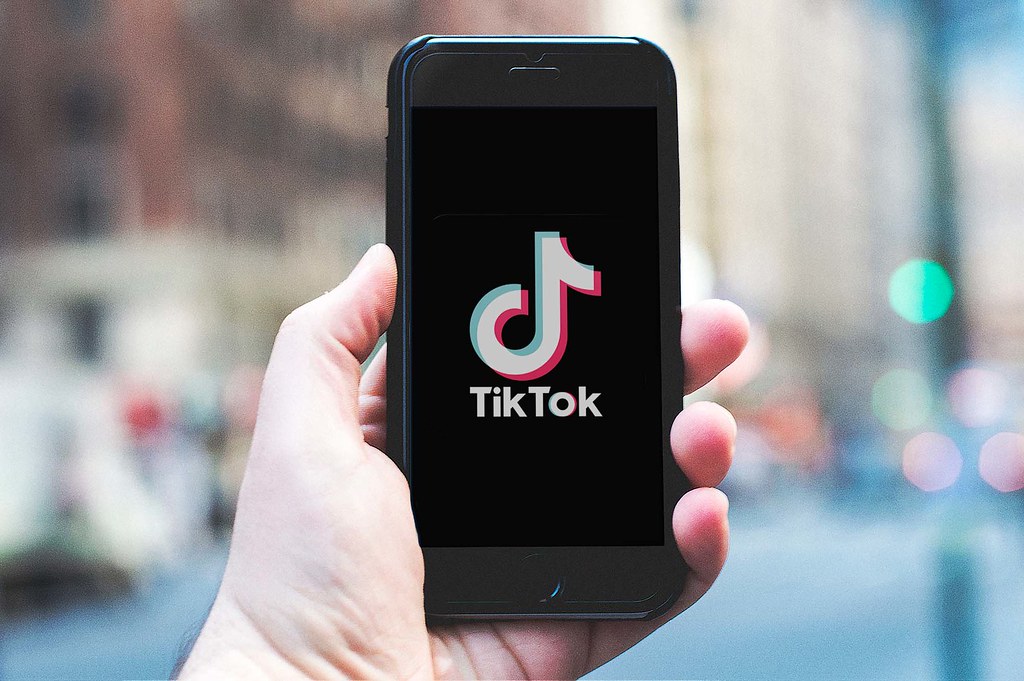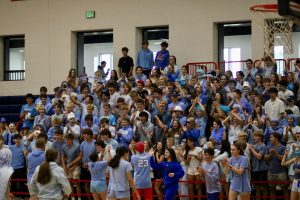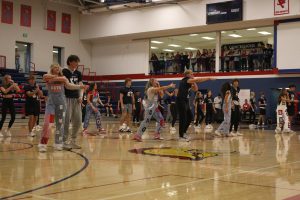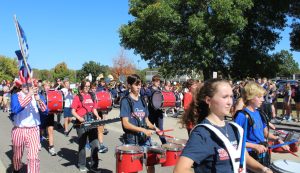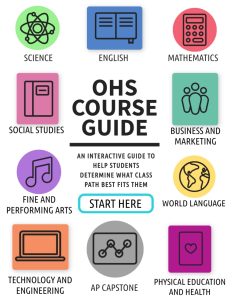Is Reading A Thing of the Past?
March 20, 2015
To read a novel, once upon a time, all you had to do was put aside your doubt for the sake of a good story. Now most think the world will end if you lose digital access for a few hours.
A recent study reported on NBC observed teens in their normal homework/study environments. They were told to work on an important school assignment for 15 minutes. Although they knew they were being observed, the majority of students didn’t make it past two minutes without texting or checking social media.
“I can’t focus on my homework for more than a few minutes without checking social media. If I tried to read, the same thing would happen. Social media is for sure one of the biggest reasons students aren’t reading anymore,” junior Mckenna Rice said.
Also in 2007, the National Education Association (NEA) conducted an analysis of reading focusing on children called To Read or Not to Read. Results indicated that children and young adults were reading significantly less than in the past. “Less than one-third of 13-year-olds are daily readers, a 14 percent decline from 20 years earlier. On average, Americans ages 15 to 24 spend almost two hours a day watching TV, and only seven minutes of their daily leisure time on reading.”
Reading a book for school is sometimes the only reading that students and young people do. Even reading for school sometimes does not get done.
“Reading books for school is the only time I actually read. My free time is either spent on Netflix or some other type of social media,” freshman Lindsay Craft said.
Not only is students not reading a problem for them and their future, it is also a problem for libraries and book stores.
Benilde-St. Margaret’s School removed nearly all physical books from their school library in 2011. Physical books were relocated into classrooms or donated to developing countries. According to Sue Skinner, Benilde-St. Margaret’s principal, the school ensured all students received their own computer. Close cooperation with public libraries also ensured that students still had access to printed books.
The University of Minnesota recently published results of a major study on the impact of library use on student success. The study found that there are statistically relevant data showing first-year undergraduate students who use the library have a higher GPA for their first semester and higher retention from fall to spring than non-library users.
Furthermore, this study showing that there are less students using the library, but also the students who do use the library have a higher GPA. It shows that reading does improve one’s intelligence.
The decline in reading for fun is most easily explained by technological advances, but education could have something to do with it as well. It’s no surprise that 53% of 9-year-olds read for fun every day, but only 19% of 17-year-olds do.
But it’s impossible to ignore the prevalence of technology here: 45% of 17-year-olds say they only read once or twice a year, but in 1984, 64% said they read once a week or more.
Overall, reading is on the decline. May it be from technological advances, social media distractions, or lack of free time due to student’s busier schedules, reading may start to become a thing of the past.



































